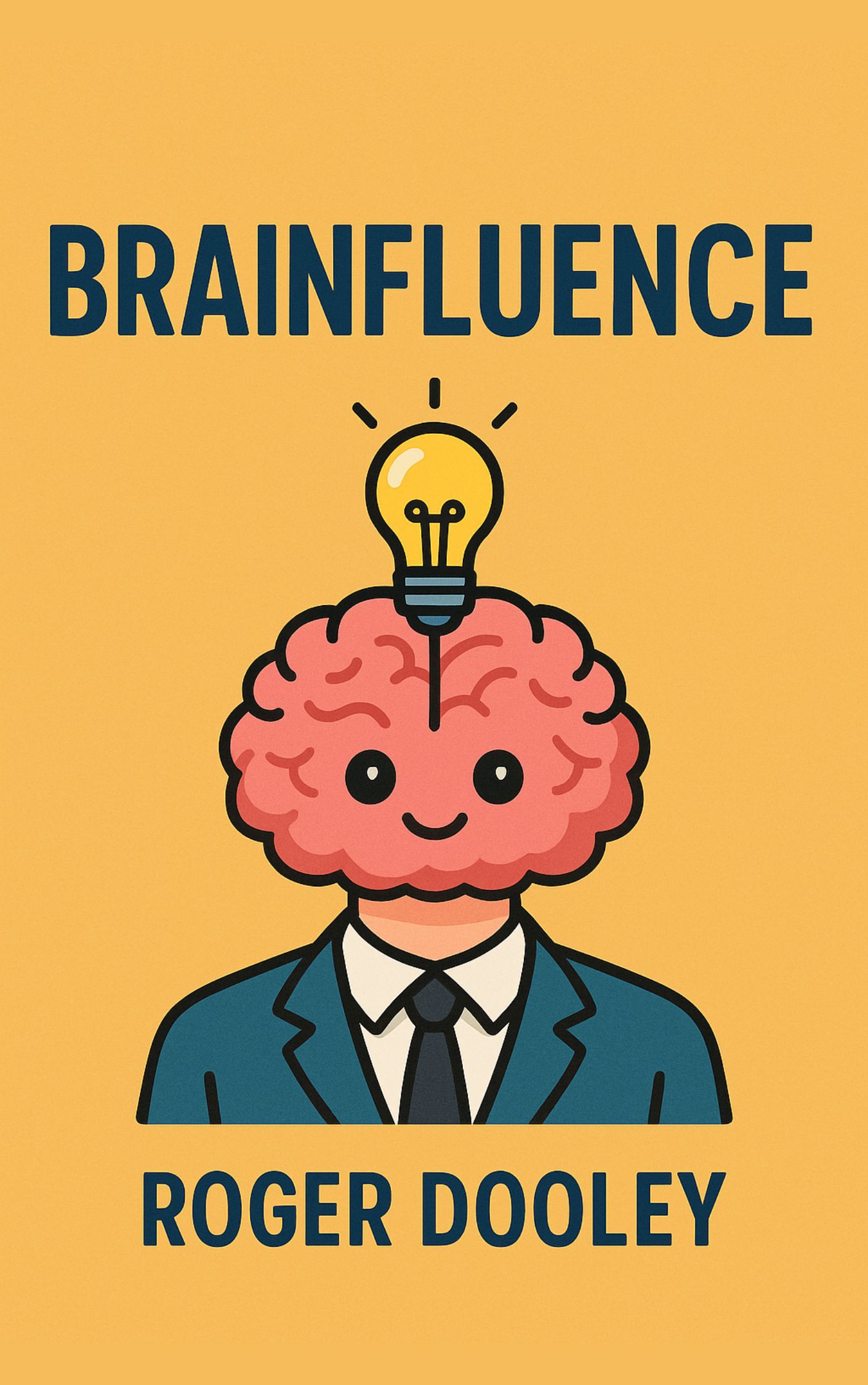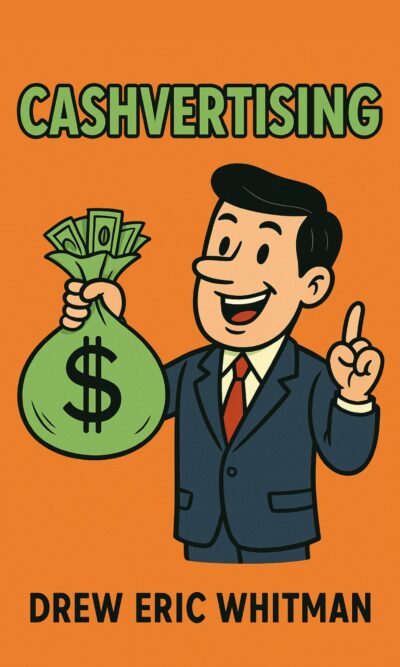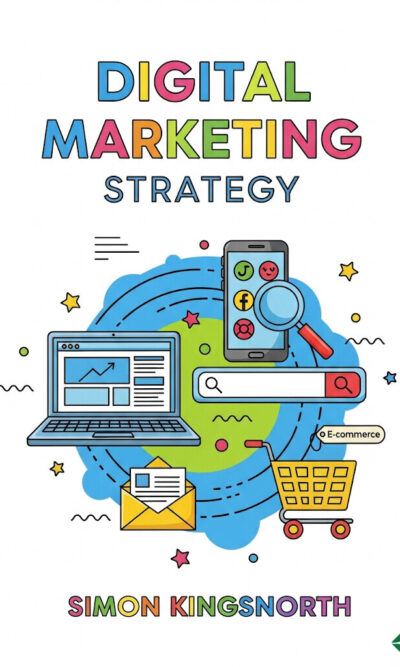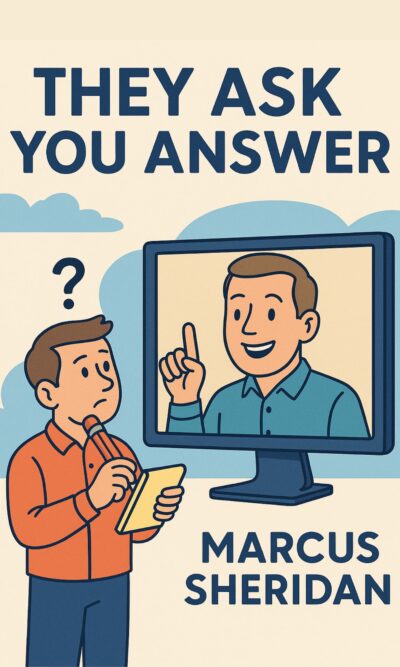Description
Selling is not simply about pushing a product or listing features. It’s about connecting with people on a deeper level—through their senses, emotions, and subconscious triggers. Modern neuroscience shows that many purchasing decisions happen before we even think about them. By understanding these hidden influences, you can make your sales efforts far more effective.
One important insight is that buying can actually cause a feeling of pain in the brain. When people part with money, certain areas linked to discomfort become active. Even small, unfair charges—like losing coins to a vending machine—can feel worse than spending large amounts on big purchases. To sell successfully, you need to reduce this “pain” of buying. This can be done by breaking large prices into smaller, more digestible amounts, or by framing products as essential rather than luxurious. A massage described as back pain relief, for example, is far more appealing to frugal customers than the same massage described as pure pleasure.
Appealing to all five senses can also dramatically improve sales, especially smell. Our sense of smell is closely tied to memory and emotions. Businesses that create a signature scent—whether it’s coffee in a café, leather in a shoe store, or a subtle perfume in an airline cabin—can build stronger brand impressions. Studies even show that customers rate identical products higher when experienced in a pleasant-smelling environment. The lesson: your business should not only look appealing, it should smell right too.
Visuals are equally powerful. Faces in advertising capture attention quickly, and baby faces do so even faster. This response is rooted in human biology—babies trigger instinctive emotional reactions in adults. If you use a baby’s image in your ad, you can draw eyes toward important elements, especially if the baby is looking directly at them. Simple visual cues like this can guide where viewers focus, making your message more effective.
Loyalty is another key to lasting sales. It’s cheaper and easier to sell to existing customers than to constantly attract new ones. You can strengthen loyalty by reminding customers how much better their current relationship with your business is compared to the alternatives. If they imagine the poor service they might get elsewhere, they appreciate you more. Reward programs, especially visible ones like punch cards, keep customers engaged and eager to return.
Face-to-face interaction brings unique advantages. Casual conversation—“schmoozing”—helps build trust and rapport. Even small talk can dramatically increase the chance of a fair and successful deal. And here’s a quirky but useful tip: speak into the customer’s right ear. Research suggests that requests made to the right ear are more likely to get a positive response, possibly because of how our brains process information.
Surprise is another tool for capturing attention. Our brains are wired to predict what comes next, so when something unexpected happens, it stands out. You can use this in marketing by tweaking familiar phrases or using surprising images. This element of novelty stimulates the brain and makes messages more memorable. Even Shakespeare used this technique, playing with language in ways that forced audiences to think. Businesses can do the same—changing standard phrases or visuals to something fresh and attention-grabbing.
The overall takeaway is that buying decisions are not purely logical. Senses, emotions, and subtle cues all shape the outcome. The smell of a room, the way a price is framed, the presence of a baby’s face, the feel of loyalty, the casual chat, the ear you speak into, and the power of surprise—these small, often hidden factors can dramatically change sales results. By weaving them into your selling strategy, you tap into the deeper drivers of human behavior and make your message far more persuasive.





